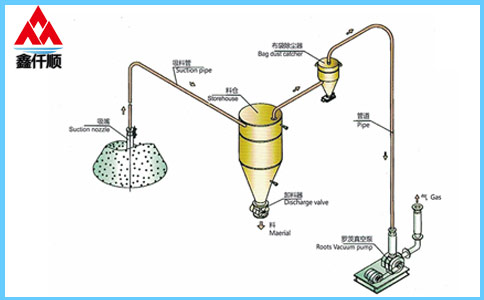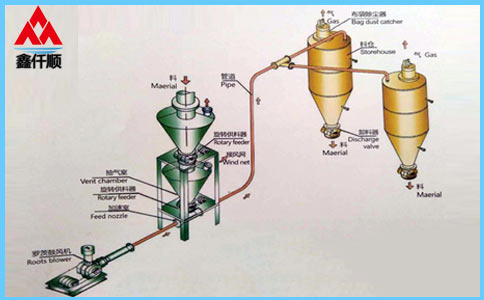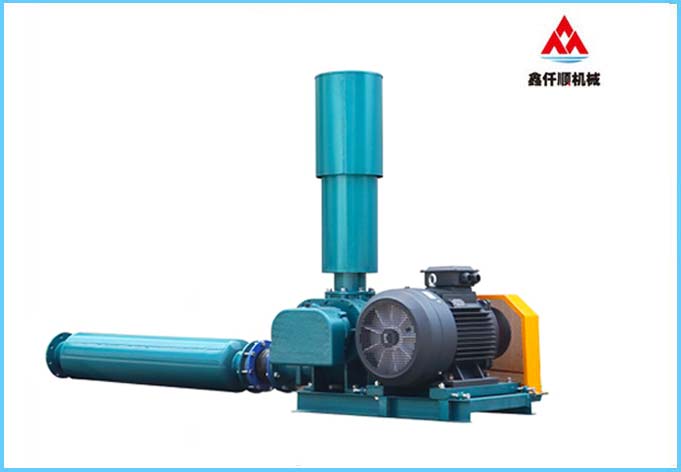How to select aeration fan for sewage treatment?
Source: Roots blower manufacturer
Published on: September 16, 2023
Hits:
Related information
-
What should be paid attention to before starting the sewage treatment aeration fan? -
What kind of Roots blower is generally used for sewage treatment aeration fan? -
What kind of fan is generally used for sewage treatment aeration fan? -
How to repair the surface defects of Roots blower impeller? -
How to remove the bearing of Roots blower? -
What principles should be followed in the maintenance of three leaf roots blower? -
How to handle the wrong lubricating oil for Roots blower? -
Performance characteristics and maintenance of Roots blower for aquaculture -
How to select appropriate Roots blower aerator for aeration in aquaculture? -
What principles should be followed in the maintenance of three leaf roots blower?
Xinqianshun's latest products
Random articles
-
What are the body sealing methods of three blade roots blower? -
Roots blower maintenance, the most economical way to maintain Roots blower. -
Roots blower maintenance, what items should be overhauled during Roots blower maintenance? -
Gasification fan - price of gasification roots blower in ash silo - gasification roots blower in ash hopper -
How to adjust the air pressure of roots blower, and whether roots blower can automatically adjust the pressure -
Maintenance of Roots blower air filter and treatment of common faults of Roots blower -
Phone number of Roots blower manufacturer -
Roots blower for pneumatic conveying conveys materials through gas -
The bottom aeration of micro porous aeration roots blower is widely used in the mixed culture of crab and shrimp -
What are the noise sources of Roots blower?
Latest news articles
-
How to repair the surface defects of Roots blower impeller? -
How to remove the bearing of Roots blower? -
What principles should be followed in the maintenance of three leaf roots blower? -
How to handle the wrong lubricating oil for Roots blower? -
Performance characteristics and maintenance of Roots blower for aquaculture -
How to select appropriate Roots blower aerator for aeration in aquaculture? -
What principles should be followed in the maintenance of three leaf roots blower? -
Notes on installation of safety valve of three blade roots blower -
What are the reasons for the tripping of Roots blower frequency converter? -
Introduction to the Main Causes of Abrasion of Three blade Roots Blower Impeller









